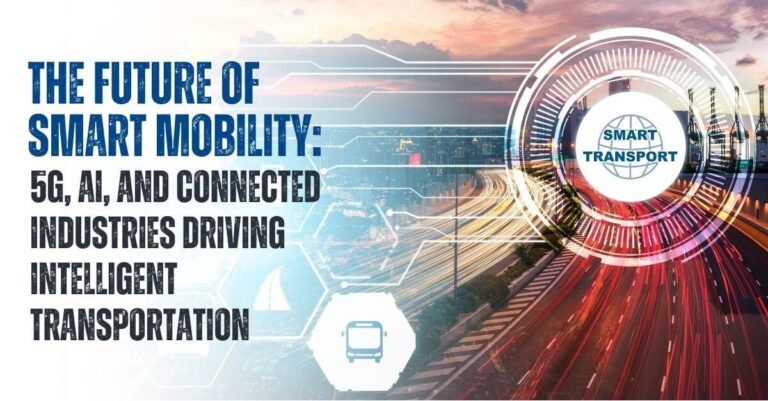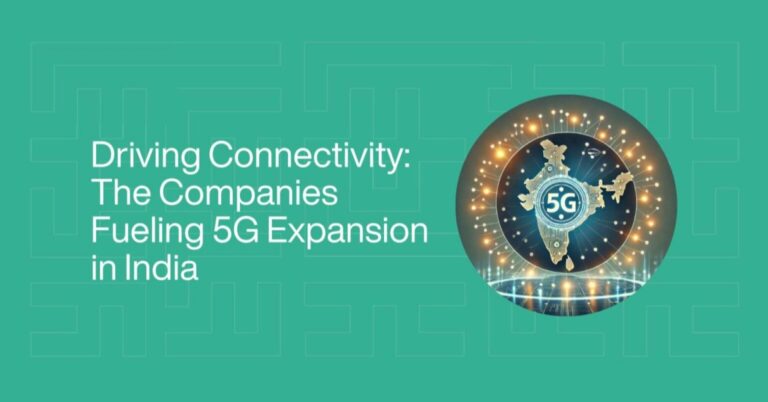LG CNS has signed a memorandum of understanding with Vietnam Posts and Telecommunications Group (VNPT) and Korea Investment Real Asset Management to develop a hyperscale artificial intelligence data center in Vietnam. The agreement, announced at the KoreaVietnam Business Forum in Seoul, creates a joint technical working group to design and deliver an AI-ready facility spanning construction, servers, storage, and network systems. For VNPT Vietnam’s largest state-owned telecom operator, and LG CNS, an LG Group affiliate with deep data center experience, the deal aligns with Vietnam’s national digital transformation agenda and the region’s accelerating demand for AI infrastructure.
Why Vietnam’s AI infrastructure is scaling fast in Southeast Asia
Southeast Asia’s digital infrastructure market is scaling fast, with research estimating growth from roughly $14 billion in 2024 to more than $30 billion by 2030. Vietnam sits at the intersection of several demand drivers: enterprise cloud adoption, 5G and fiber buildouts, digital government programs, and a wave of AI use cases in manufacturing, logistics, and smart cities. AI training and inference workloads are concentrating near data sources and user populations, pushing demand for GPU-optimized capacity with high-density power and advanced cooling. A VNPTLG CNS facility positions Vietnam to host sovereign, low-latency AI services while giving regional and global tenants another location option beyond Singapore, Johor, and Jakarta.
Architecture: GPU-optimized, liquid-cooled, high-density AI data center design
The partnership covers the full stack required for AI-grade capacity. LG CNS will bring data center design and operations capabilities and integrate core infrastructurecompute, storage, and high-throughput networkingsized for GPU clusters. The companies have indicated the build will include high-density racks and cooling technologies suited to AI workloads, with contributions from LG Group affiliates such as LG Electronics for thermal systems and LG Energy Solution for battery platforms and energy resilience. The working group will coordinate facility design with hardware and network systems to ensure predictable performance and scalability for model training and large-scale inference.
Jakarta AI data center blueprint, LG CNS will adapt for Vietnam
This Vietnam announcement follows LG CNS’s recent win in Indonesia, where the company plans an 11-story AI data center in Jakarta via a joint venture with Sinar Mas Group. That facility starts at 30 MW with a roadmap to 220 MW and capacity for more than 100,000 servers. It is designed with GPU-specialized infrastructure, hybrid air-and-liquid cooling, and high-density racks, alongside environmentally minded HVAC controls. Connectivity planning emphasizes neutral interconnect options and proximity to national backbone and subsea cable routes. The Jakarta program offers a blueprintphased power, density-first design, and an ecosystem-oriented interconnect fabric that LG CNS can adapt to Vietnam’s regulatory and network context.
What AI-ready data centers mean for telecom, cloud, and SaaS in Vietnam
For telecom operators, AI-ready data centers create a foundation to monetize 5G, fiber, and edge assets. VNPT can bundle AI infrastructure with cloud services, private 5G, and managed data platforms for industries like electronics, automotive, and consumer goodskey sectors in Vietnam’s export economy. For hyperscalers and SaaS providers, a carrier-aligned, hyperscale site in Vietnam offers a new colocation option with potential for low-latency zones and data residency compliance. For enterprises, proximity to AI capacity reduces data gravity costs and improves performance for computer vision, predictive maintenance, and supply chain optimization.
Execution risks: power, cooling, GPU supply, interconnect, and compliance
Power and cooling. AI clusters require sustained, high-density power per rack and efficient heat removal. Expect hybrid liquid cooling designs, battery systems for continuity, and aggressive PUE targets. Grid interconnection timelines and renewable procurement will be critical.
Supply chain. Securing next-gen GPUs, high-speed interconnects, and liquid cooling components remains a constraint. Early commitments and multi-vendor strategies will matter.
Connectivity and interconnect. Diverse fiber routes to domestic backbones and multiple subsea systems are essential for resilience and latency. Neutral on-ramps to cloud providers and internet exchanges will influence tenant mix.
Regulation and security. Compliance with data localization, cybersecurity, and critical infrastructure rules will shape design. Facilities supporting sovereign AI will need robust isolation and governance controls.
Aligning with Vietnam’s digital transformation: smart factories, logistics, and smart cities
Beyond the data center, VNPT and LG CNS plan collaboration in smart engineering, including smart factories and logistics. This aligns with government programs targeting automation, industrial IoT, and smart city platforms. A domestic AI data center can anchor these initiatives by bringing inference closer to production lines and transport hubs, enabling reliable, low-latency analytics and computer vision at scale.
What to watch: site, phased power, rack density, interconnect, and anchor tenants
Site selection and phasing. Look for clarity on location near Hanoi, Ho Chi Minh City, or central hubs, plus initial MW capacity and expansion milestones.
Design standards and density. Watch for targets around rack densities, liquid cooling adoption, and certifications that signal uptime and operational maturity.
Interconnect ecosystem. Indicators include carrier-neutral positioning, dark fiber options, and cloud on-ramps that attract AI-native and cloud tenants.
Energy strategy. Details on grid connections, battery storage, and renewable power purchasing will determine operating costs and sustainability credentials.
Anchor customers. Early commitments from VNPT business units, public sector workloads, or global AI tenants will de-risk the build.
Southeast Asia expansion: LG CNS AI data center strategy across the region
LG CNS has signaled plans to expand AI infrastructure services across Southeast Asia, including Singapore and Malaysia. Combining LG Group technologiescooling, batteries, and systems integrationwith regional partners and state-owned operators creates a repeatable entry model. The companys back-to-back announcements in Indonesia and Vietnam suggest it aims to be a preferred AI data center integrator in markets where digital demand is outpacing local capacity.
Action plan: how buyers and builders prepare for AI data centers in Vietnam
Vietnam is entering the hyperscale AI data center map, with VNPT and LG CNS positioning to meet local and regional demand. For telecom operators and enterprises, now is the time to align AI roadmaps with data center strategy: plan for high-density racks and liquid cooling, secure GPU capacity, engineer diverse connectivity, and build energy resilience. As the region’s AI infrastructure forms, those who co-design workload placement, interconnect, and power from the outset will gain durable cost and performance advantages.




























